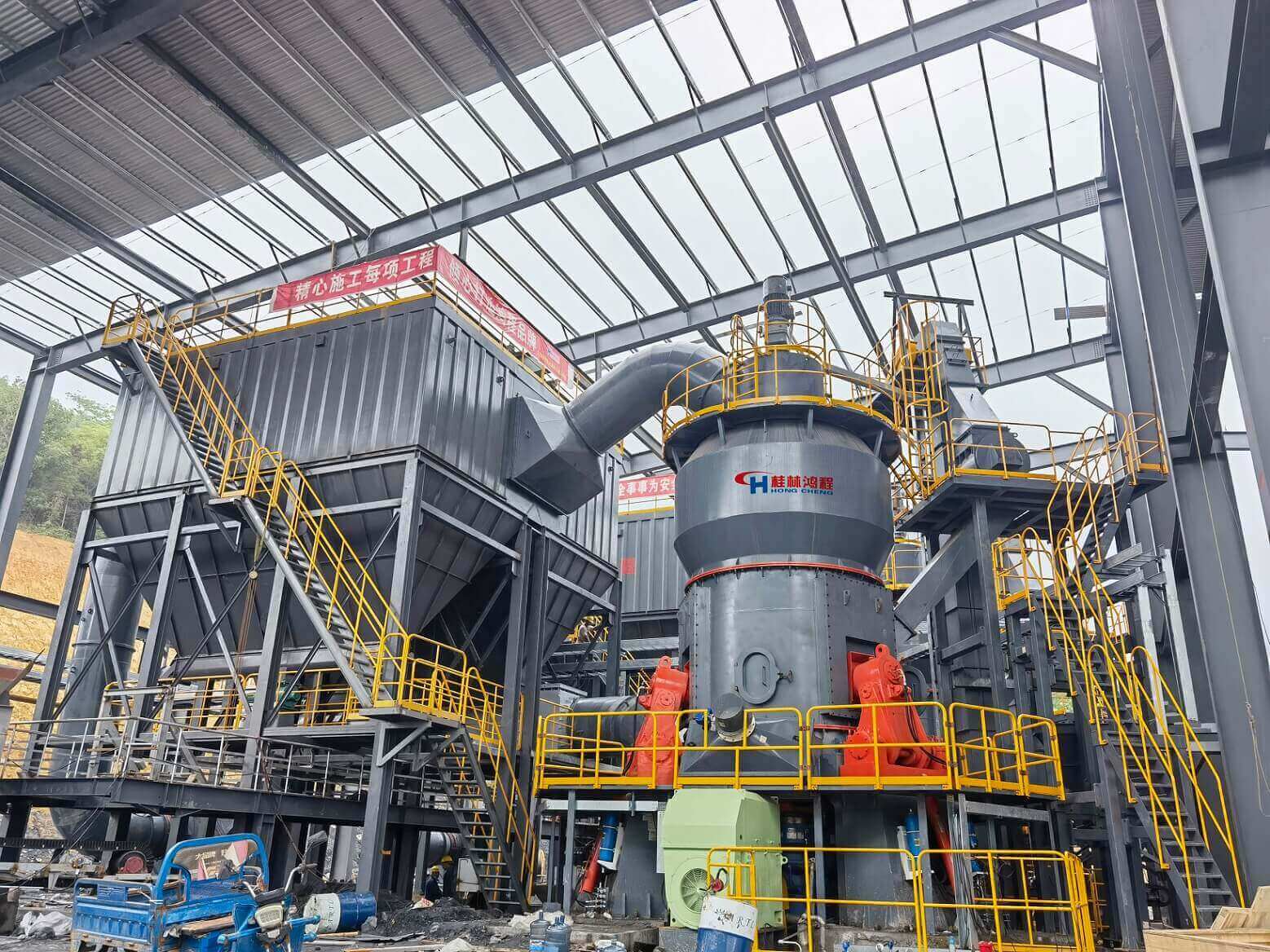How to deal with lepidolite slag? At present, research on the comprehensive utilization of lithium slag is mainly focused on its direct application in building materials such as concrete, cement mortar and cement, and the preparation of ceramics and building ceramsite, molecular sieves, etc. Lithium slag vertical grinding mill is the main equipment used to process lithium slag. As a manufacturer of lithium slag vertical mill, Guilin Hongcheng will introduce to you the treatment plan of lepidolite lithium slag in detail today.

Lithium Slag Vertical Grinding Mill, welcome to leave a message or consult [email protected]
1. Lepidolite lithium slag concrete: Research shows that the pH value and physical properties of concrete prepared with lithium slag as an additive are similar to those of concrete prepared with ordinary sand. The impact of lithium slag on the performance of concrete is concentrated on workability, mechanical properties, and carbonation resistance. performance, wear resistance, resistance to chloride ion penetration and crack resistance, etc. In addition to micro-gradation filling, lithium slag is used as a concrete admixture. The active ingredients SiO2 and Al2O3 contained in it can undergo a weak pozzolanic reaction with the cement hydration product Ca(OH)2 to generate a gelling material with a certain strength - hydration. Calcium silicate refines the gel pores of concrete and can improve the strength of concrete to a certain extent. At the same time, fine-grained lithium slag fills the pores of the concrete to form a dense network structure, which improves the workability of the mortar and improves the microstructure of the concrete, making the internal structure of the concrete denser and helping to improve the strength of the concrete.
2. Cement production from lepidolite lithium slag: The SiO2 and Al2O3 contents of lepidolite lithium slag are similar to the clay raw materials for firing Portland cement clinker. Lithium slag can be used instead of clay to bake cement clinker.
3. Preparation of building ceramsite from lepidolite lithium slag: CaO, MgO, Na2O and K2O content in lepidolite lithium slag reaches 15%. It acts as flux oxide during the sintering process, which not only reduces the sintering temperature, but also reduces the high-temperature liquid viscosity.
4. Lepidolite lithium slag is used as raw material for ceramic production: the main components of lepidolite lithium slag are SiO2 and Al2O3, which are close to the composition of silicate minerals required for ceramic production; but the content of Fe2O3 and TiO2 in the lithium extraction slag from salt pressure cooking They are 0.48% and 3.46% respectively, which will affect the whiteness of ceramic products.
5. Molecular sieve prepared from lepidolite lithium slag: Molecular sieve is a silicate or aluminosilicate crystal material with high specific surface area, regular pore structure, hydrothermal stability and good selectivity. The main components of lithium slag are SiO2 and Al2O3, with low content of other metal oxides. After appropriate treatment, it can meet the requirements for the synthesis of NaX molecular sieves.
How to deal with lepidolite slag? With the commissioning of mica lithium extraction capacity, the problems caused by slag will become more obvious. Building materials factories and ceramic factories can consume part of the slag produced by extracting lithium from lepidolite, which is mainly used after drying and grinding the lithium slag in a vertical lithium slag mill. The HLM lithium slag vertical grinding mill produced by Hongcheng is an energy-saving advanced grinding equipment that integrates crushing, drying, grinding, classification and transportation. If you have lepidolite slag processing needs, please leave us a message to learn more about the equipment details.